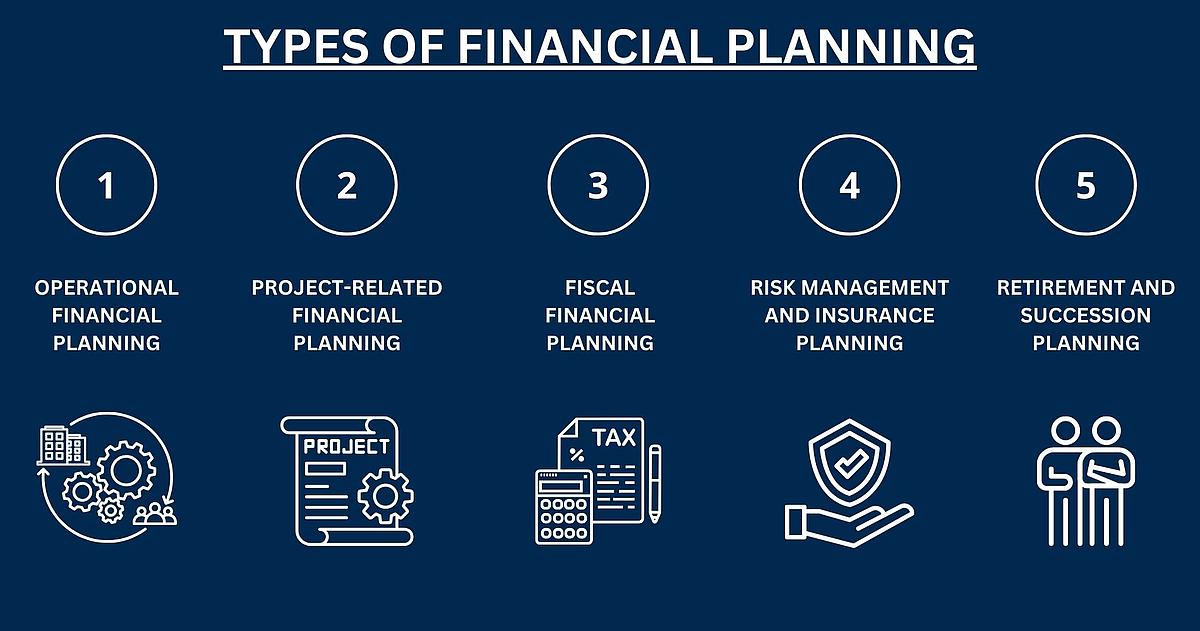|
Defining goals and framework conditions
|
Short-term goals
|
Ensuring liquidity
|
|
|
|
Covering monthly operating costs
|
|
|
Medium-term goals
|
Investment in new machines
|
|
|
|
Increase marketing expenditure to increase sales
|
|
|
Long-term goals
|
Opening a second business location
|
|
|
|
Build up a reserve for unforeseen expenses
|
|
Analysis of the current financial situation
|
Income
|
Monthly turnover: € 50,000
|
|
|
|
Additional income (e.g. interest): € 500
|
|
|
Expenses
|
Rent: € 3,000
|
|
|
|
Salaries: € 20,000
|
|
|
|
Material costs: € 15,000
|
|
|
|
Other operating costs: € 5,000
|
|
|
|
Marketing: € 2,000
|
|
|
|
Insurance and taxes: € 2,500
|
|
|
Liquidity
|
Bank balances: € 20,000
|
|
|
|
Outstanding receivables: € 10,000
|
|
|
|
Liabilities: € 5,000
|
|
Budgeting and Financial Planning
|
Short-term budget
|
Total income: € 50,500
|
|
|
|
Total expenditure: € 47,500
|
|
|
|
Monthly surplus: € 3,000
|
|
|
Long-term budget (next 3 years)
|
Expected annual increase in income: 10%
|
|
|
|
Planned investments: € 50,000 (new machines), € 100,000 (second location)
|
|
Liquidity planning
|
Cash flow forecast for the next quarter
|
January: € +3,000
|
|
|
|
February: € +3,000
|
|
|
|
March: € +3,000
|
|
|
|
Total: +€ 9,000
|
|
|
|
Liquidity reserve: target of € 30,000 within one year
|
|
Debt management
|
Current debt
|
€ 5,000
|
|
|
Repayment plan
|
Repayment of € 1,000 per month, debt-free in 5 months
|
|
Investment planning
|
New machines
|
€ 50,000 investment in 6 months
|
|
|
Opening of second location
|
€ 100,000 in 18 months
|
|
|
Profitability analysis
|
Expected increase in turnover through investment: 20% in the first year
|
|
Risk management
|
Risk assessment
|
Material price increases, slump in demand
|
|
|
Hedging strategies
|
Long-term supply contracts, building up a liquidity reserve
|
|
Tax planning
|
Utilizing tax advantages
|
Depreciation of new machines, tax deductibility of operating costs
|
|
|
Tax forecast
|
Annual tax burden based on current profit: € 10,000
|
|
Asset planning
|
Asset accumulation
|
Reinvestment of surpluses in the company
|
|
|
Asset management
|
Regular review of investment decisions
|
|
Retirement planning
|
Owners
|
Private retirement provision through pension insurance
|
|
|
Employees
|
Offering a company pension plan
|
|
Succession and inheritance planning
|
Succession planning
|
Preparation of a succession plan for the company director
|
|
|
Inheritance planning
|
Advice from a tax advisor to minimize inheritance taxes
|
|
Monitoring and adjustment
|
Financial controlling
|
Monthly review of financial results
|
|
|
Adjustments
|
Adjustment of the budget if necessary, e.g. in the event of deviations in turnover
|
|
Documentation and communication
|
Documentation
|
Thorough recording of all financial plans and decisions
|
|
|
Communication
|
Regular reports to investors and employees on the financial situation and planned measures
|
|
Goal setting and strategy development
|
Short-term goals
|
Increasing the monthly surplus to € 5,000
|
|
|
Medium-term goals
|
Increase sales by 30% in the next 3 years
|
|
|
Long-term goals
|
Establishment as a leading provider of handmade furniture in the region
|




















